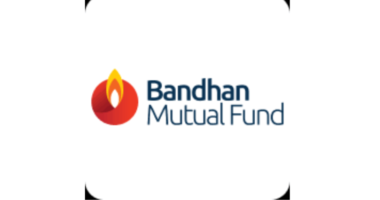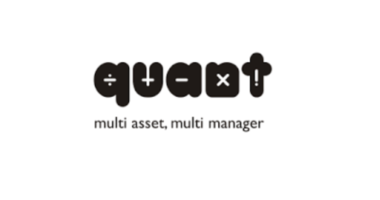HDFC Infrastructure Fund is an open-ended equity mutual fund that primarily invests in companies benefiting from the growth and development of infrastructure in India. Launched on January 1, 2013, the fund has been in existence for over 12 years. As of December 31, 2024, it manages assets worth ₹2,341 crores, categorizing it as a medium-sized fund in its sector. Given its focus on the infrastructure sector, the fund carries a high-risk level.
Performance Metrics
Over the past five years, HDFC Infrastructure Fund has delivered a Compound Annual Growth Rate (CAGR) of 22.85%. However, its performance in the shorter term has been less favorable. In the last year, the fund experienced a decline of 3.61%. Over a three-year period, it achieved a return of 26.81%, and over five years, a return of 24.52%. These figures indicate significant volatility, reflecting the inherent risks associated with sectoral funds.
Expense Ratio & Exit Load
The fund’s expense ratio stands at 2.06%, which is relatively higher compared to some other equity funds. Investors should also be aware of an exit load of 1.00% if units are redeemed within one year from the date of allotment.
Portfolio Composition
HDFC Infrastructure Fund’s portfolio is diversified across various sectors, with a significant emphasis on financials and construction. As of January 2025, the top five company holdings constitute approximately 25.52% of the total assets. The fund’s top holdings include:
- ICICI Bank: 6.35%
- HDFC Bank: 4.65%
- J Kumar Infraprojects: 4.56%
- Larsen & Toubro: 3.81%
- Kalpataru Projects International: 3.73%
Fund Manager Details
The fund is managed by Mr. Ramamurthy, an engineer from Jadavpur University with an MBA from IIM Calcutta. Before joining HDFC Asset Management Company Limited, he gained experience at organizations such as Mahindra Mutual Fund, IDBI Federal Life Insurance, IIFL Capital Limited, Maybank Kim Eng, Credit Suisse, and KPMG Advisory.
Investment Strategy
HDFC Infrastructure Fund adopts an aggressive investment approach, focusing on companies poised to benefit from infrastructure development in India. The fund invests across all market capitalizations, aiming for long-term capital appreciation by capitalizing on the growth potential within the infrastructure sector.
NAV & Investment Options
As of February 28, 2025, the fund’s Net Asset Value (NAV) is ₹43.61. Investors can start a Systematic Investment Plan (SIP) with a minimum amount of ₹100, making it accessible for regular investments.
Why Choose HDFC Infrastructure Fund?
- Sectoral Focus: The fund offers exposure to India’s growing infrastructure sector, which is pivotal to the country’s economic development.
- Experienced Management: Led by a seasoned fund manager with a robust track record in financial services.
- Diversification: Invests across various market capitalizations and infrastructure-related industries, providing a diversified portfolio.
Why Not Choose HDFC Infrastructure Fund?
- High Risk: Sectoral funds are inherently more volatile and carry higher risks compared to diversified equity funds.
- Performance Volatility: The fund has experienced significant fluctuations in performance, which may not align with conservative investment goals.
- Higher Expense Ratio: The expense ratio is relatively high, which can impact net returns over time.
Performance of Companies in the Fund
The top holdings have shown varied performance:
- ICICI Bank: P/E ratio of 16.91, EPS-TTM of ₹71.19, with a 1-year return of 10.78%.
- HDFC Bank: P/E ratio of 19.04, EPS-TTM of ₹90.97, with a 1-year return of 21.08%.
- J Kumar Infraprojects: P/E ratio of 13.52, EPS-TTM of ₹49.78, with a 1-year return of 3.75%.
- Larsen & Toubro: P/E ratio of 31.22, EPS-TTM of ₹101.34, with a 1-year return of -12.93%.
These metrics indicate a mixed performance among the top holdings, reflecting both growth potential and inherent risks.
Conclusion
HDFC Infrastructure Fund offers investors an opportunity to participate in India’s infrastructure growth story. However, the high-risk nature of sectoral funds, coupled with performance volatility and a higher expense ratio, necessitates careful consideration. Investors should align their risk tolerance and investment horizon with the fund’s objectives before investing.




